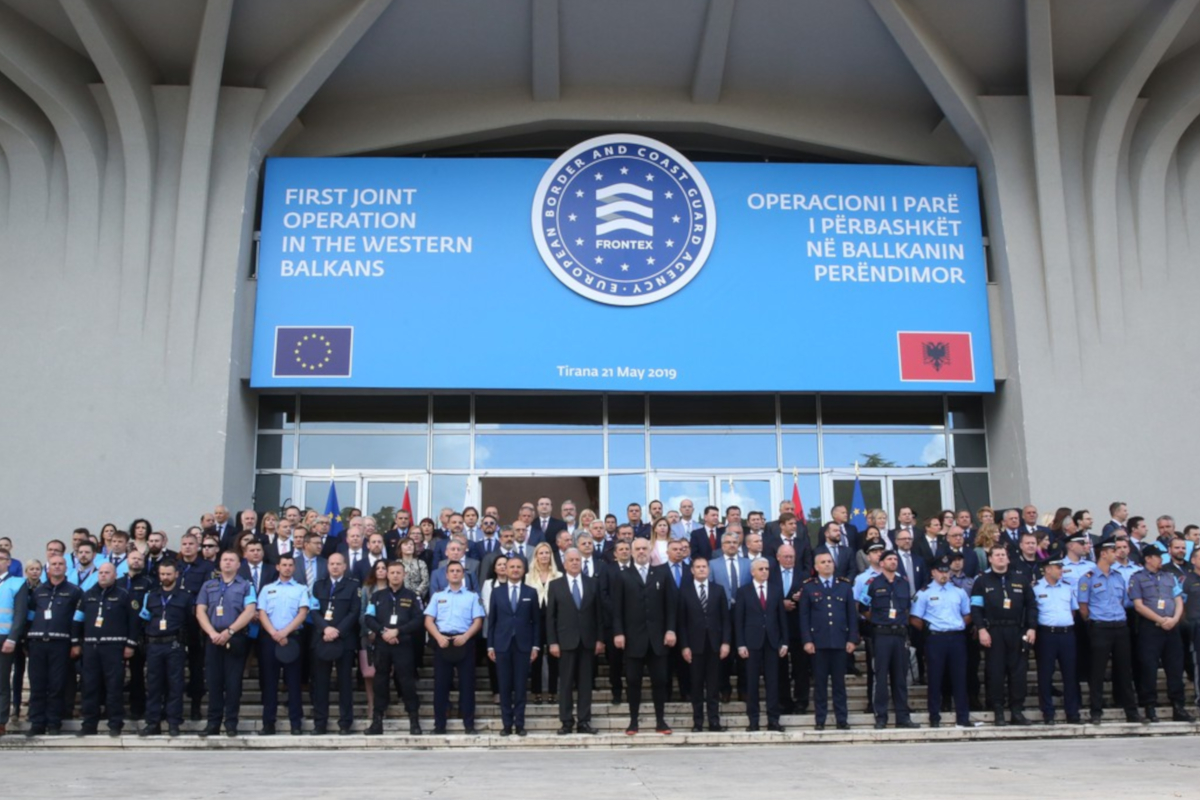Tracking the Pact: Latest Council documents on the Long-term Residents Directive
Topic
Country/Region
07 July 2023
The proposed recast of the Long-term Residents Directive aims at "attracting skills and talent to the EU."
Support our work: become a Friend of Statewatch from as little as £1/€1 per month.

Image: EU Council Eurozone, CC BY-NC-ND 2.0
The latest compromise proposal (pdf), circulated by the Swedish Council Presidency on 21 June, was discussed recently in the Integration, Migration and Expulsion (IMEX) working party.
It was accompanied by a discussion paper (pdf) setting out the main changes made by the Presidency, although this relates to the previous version of the compromise text (pdf), circulated on 20 June.
These cover:
- Scope
- Duration and type of permit needed for long-term resident status
- Fundamental requirements
- 3 years for beneficiaries of protection
- Cumulation of residence in different Member States
- Type of permits leading to LTR-status
- Agreed text from the Qualification Regulation
- Processing times
- Absence from the territory of the Union
- Children born or adopted in a member state
- Rights in the second member state
Documentation
- Proposal for a DIRECTIVE OF THE EUROPEAN PARLIAMENT AND OF THE COUNCIL concerning the status of third-country nationals who are long-term residents (recast) - Presidency compromise text (Council doc. 10528/1/23, LIMITE, 21 June 2023, pdf)
- Previous version (10528/263, LIMITE, 20 June 2023, pdf)
- Discussion paper (Council doc. 10522/23, LIMITE, 20 June 2023, pdf)
Our work is only possible with your support.
Become a Friend of Statewatch from as little as £1/€1 per month.
Further reading

Tracking the Pact: Presidency compromise text of the crisis and force majeure Regulation
The Council recently approved its negotiating position on two of the key measures that are part of the Pact on Migration and Asylum, but it's not over yet.

Tracking the Pact: Council prepares to approve negotiating positions
The Council is hoping to approve its negotiating positions on the Asylum and Migration Management Regulation (AMMR), Asylum Procedure Regulation (APR) and Single Permit Directive on legal migration at the Justice and Home Affairs Council meeting tomorrow. The texts, published here, were circulated in the Council yesterday (AMMR and APR) and at the end of May (Single Permit Directive).

Tracking the Pact: EU seeks to seal off Balkan Route with expanded Frontex deployments
The European Commission wants to launch negotiations with Serbia, Montenegro, Bosnia and Albania so that EU border agency Frontex can extend its zone of operations. Currently, Frontex operations in those states can only take place at the borders they share with EU member states, in accordance with the 2016 Frontex Regulation. Upgrading the EU's agreements with the Balkan states to take into account the powers granted to Frontex by the 2019 Regulation will make it possible to deploy EU border guards at non-EU borders - for example, between Bosnia and Serbia, or between Serbia and Montenegro. An agreement with North Macedonia has already been signed. The aim is to halt the irregular movement of people through the Balkans towards "core" EU member states.
Spotted an error? If you've spotted a problem with this page, just click once to let us know.

